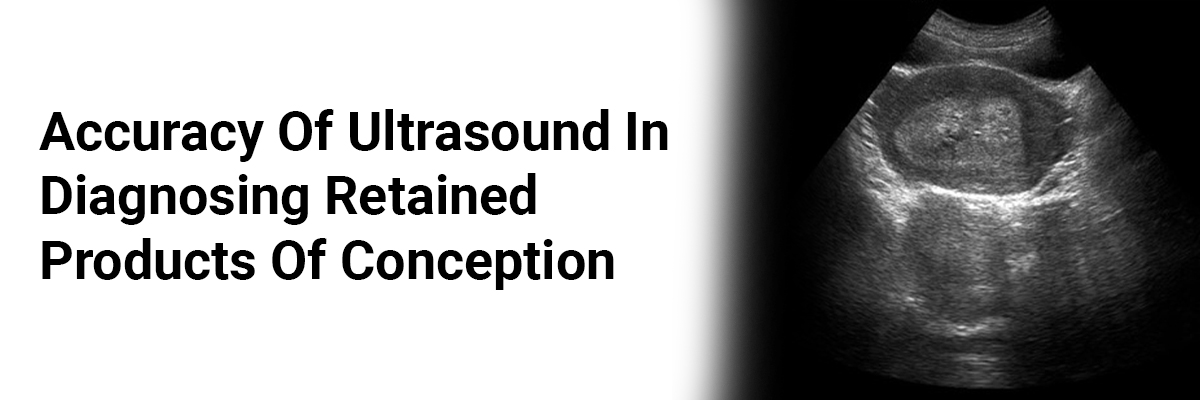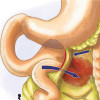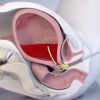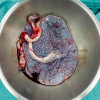
Accuracy of Ultrasound in Diagnosing Retained Products of Conception
The
presence of an echogenic mass on ultrasound is the most sensitive and
specific sonographic indicator of retained products of conception (RPOC)
following any pregnancy event, according to a systematic review and
meta-analysis from the United Kingdom, published in The American Journal of
Obstetrics and Gynecology.¹
The
study aimed to evaluate and synthesize existing evidence on the diagnostic
accuracy of various ultrasound modalities in detecting RPOC. Researchers
conducted an extensive search of multiple databases, including Ovid SP, CINAHL,
EBSCO, PubMed, BMJ Best Practice, Google Scholar, and several grey literature
sources such as CORE, Trip, and the GreyLit Report. Eligible studies included
prospective or retrospective cross-sectional or cohort studies that correlated
ultrasound findings with histopathological confirmation of RPOC, across all
gestational ages and pregnancy outcomes.
A
total of 11 studies
involving 1,567 participants were included. Participants had symptoms
suggestive of RPOC after term or preterm delivery, miscarriage, or pregnancy
termination. The analysis assessed three sonographic features:
- Presence of an
echogenic mass
- Endometrial
thickness >10 mm
- Color Doppler
flow
Key Findings:
- Echogenic mass had the highest
diagnostic accuracy:
- Sensitivity: 91.5%
- Specificity: 84.3%
- Diagnostic odds
ratio (DOR): 57.8
- Endometrial
thickness >10 mm showed:
- Sensitivity: 66.7%
- Specificity: 86.6%
- DOR: 12.9
- However, the
correlation with RPOC was statistically weak.
- Color Doppler
flow
demonstrated:
- Sensitivity: 85.0%
- Specificity: 40.6%
- DOR: 3.89
These
results highlight that echogenic mass is the most reliable
ultrasonographic finding for diagnosing RPOC. In contrast, endometrial
thickness alone is a poor predictor, and color Doppler, while
sensitive, lacks specificity.
The
authors emphasize that RPOC remains a diagnostic challenge, and accurate
identification is crucial to avoid unnecessary surgical interventions and
their associated reproductive risks. They also advocate for a standardized
definition of the sonographic appearance of RPOC to improve diagnostic
consistency.
Source: Am J Obstet Gynecol. 2024 May;230(5):512-531.e3. doi:
10.1016/j.ajog.2023.11.1243.














Please login to comment on this article